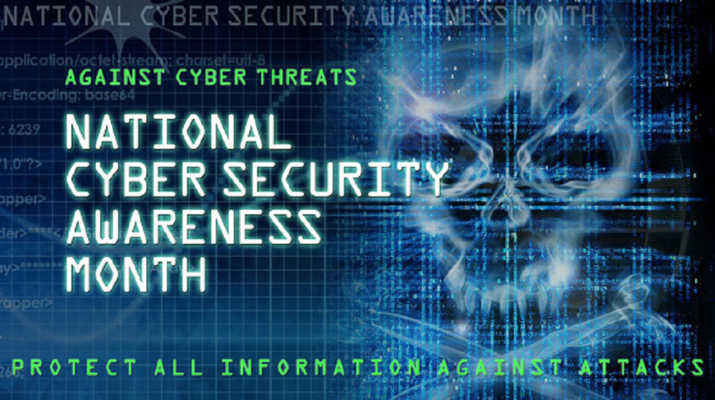The word “cybersecurity” evokes images of secret government agencies and fictional, thrilling storylines. Characters like Jason Bourne and Jack Bauer are the only ones who have to worry about cybersecurity, right?
In 2004, President George W. Bush proclaimed October to be National Cybersecurity Awareness Month (NCSAM), and over the past 13 years, cybersecurity has trickled from the realm of the federal government to our very own homes. You can read more about the history of the movement here.
The unfortunate truth is that EVERYONE has to think about his or her cybersecurity–teachers and students have to take active steps so that they create and maintain safe online environments.
As I am typing this, the media is reporting that the credit score company, Equifax, failed to patch their servers causing 148 million Americans’ sensitive personal information to be left vulnerable to black market sales. My husband and I are both affected. Luckily, his company pays for us to have Lifelock accounts, so our information will probably remain safe. So, why I am writing about this cybersecurity breach on an educational technology blog? Cybersecurity is not an abstract topic that belongs only in fictitious thriller movies; it is a real concern that educators should start educating themselves and their students about.
The first place you can start is with the Department of Homeland Security. The Department of Homeland Security has outlined its weekly themes for October 2017. Click on the graphic to learn more about the themes.
StaySafeOnline.org has several resources for teachers that go beyond the ubiquitous digital citizenship lessons. For example, you can become an Individual Champion meaning that you commit to helping promote National Cybersecurity Awareness Month (NCSAM) while also having access to a toolkit. You can access a wealth of resources that can help you become better informed and, in turn, help you think of ways to incorporate mini-lessons into your class.
While we are busy teaching content using innovative technologies, we sometimes forget that we also need to incorporate ways to teach our students to navigate cyberspace in a way that does not leave their sensitive personal online information threatened.
Authorship Information:
Erin Ford is a Level 1 Google Certified Educator and has been an English teacher at Colonial Heights High school for nearly 13 years. This year she accepted a position as an ITRT in Colonial Heights. She loves taking on the daily challenge of bridging the digital and analog world for herself and her students. You can find her on Twitter @ErinFord429


